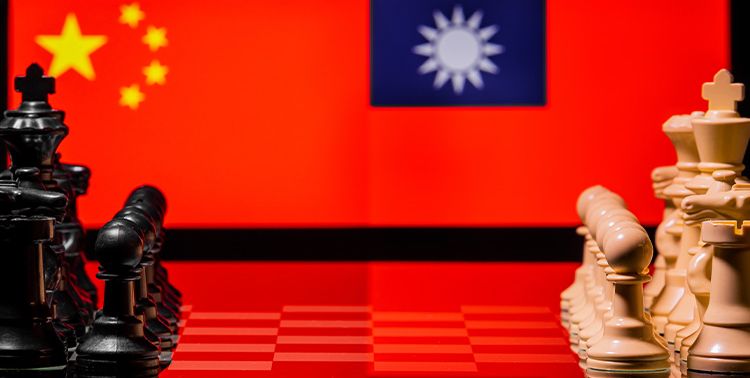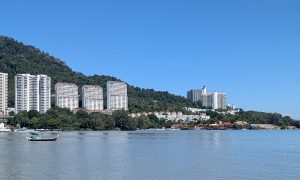In a comprehensive 2023 series of unclassified war simulations about a potential Chinese invasion to take Taiwan by force, two questions were asked: Would such an effort succeed? And at what cost? The likely answers are ‘no’ and ‘enormous.’ The implications of such a war are now back in the news.
Tens of thousands dead. A crippled US naval fleet. Japan’s entire military decimated. A Chinese navy in shambles. Taiwan utterly devastated.
Those are just some of the sobering assessments from the most extensive war game simulations ever conducted on a possible conflict over Taiwan, increasingly considered one of the modern world’s most tenuously balanced flashpoints.
And since the the publication of the results of those exercises, the longer-than-expected resistance to Russia’s 2022 invasion of Ukraine, which has now stretched on for more than three years, has weighed heavily on the potential for China to do something similar to Taiwan. The question? Has it made an invasion more or less likely?

With US Secretary of Defence Pete Hegseth’s recent visit to Singapore for the IISS Shangri-La Dialogue, and his comments that China poses an “imminent” threat to Taiwan, the sobering assessment of a potential conflict has been thrust back into the mainstream conversation.
“Any attempt by Communist China to conquer Taiwan would result in devastating consequences for the Indo-Pacific and the world,” Hegseth remarked in Singapore on May 31, 2025. “There is no reason to sugarcoat it. The threat China poses is real, and it could be imminent. We hope not, but it certainly could be.”
US intelligence officials and military officers have claimed that China’s President Xi Jinping has told the Chinese military to develop the capability to invade Taiwan by 2027. But while these officials are increasingly worried about China’s rapid military rise, most have pointed out that an attack was not necessarily imminent. Hegseth’s comments perhaps underscore a new break from that thinking. (However, it should also be pointed out that Pete Hegseth is widely viewed by many to be manifestly unfit to serve as the US Secretary of Defence, given his lack of experience and troubling background with heavy drinking and abusive relationships.)
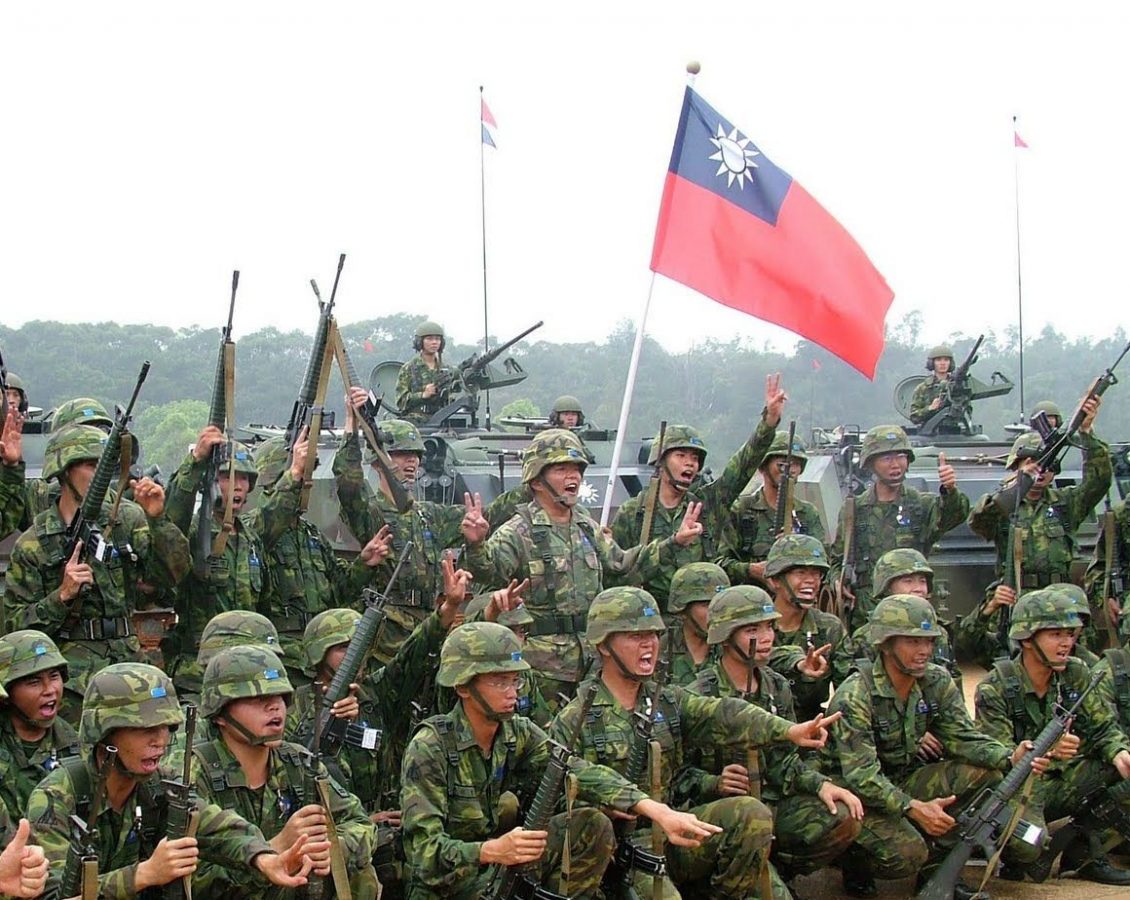
WAR GAMES: ASSESSING STRATEGIES AND OUTCOMES
As reported by CNN, Al Jazeera, and other outlets in early 2023, quoting extensively from the report from the prominent Washington-based Center for Strategic and International Studies (CSIS), titled “The First Battle of the Next War: Wargaming a Chinese Invasion of Taiwan,” two dozen complex war simulations were conducted to game out the likely results of an invasion in 2026 by China’s military to seize Taiwan, the democratically ruled island of some 24 million people that the Chinese Communist Party (CCP) claims as part of China’s sovereign territory, despite having never ruled or controlled it. President Xi Jinping has repeatedly refused to rule out the use of military force to bring Taiwan under the CCP’s control.
Though experts feel such a conflict is generally unlikely – after all, it’s a war that no one wants to wage – China’s increasing military belligerence has nevertheless compelled a number of governments to play the ‘what if’ game and look at all the myriad components to ascertain how such a war could possibly unfold. As the report’s authors noted, “Although conflict is not inevitable, it is not impossible.”
Also worth noting is that China’s economic and military might is expected to crest in this decade, with population shifts and global sociopolitical realities leading to an erosion in China’s ascendant rate of dominance. Some experts believe that this alone – and the notion that Taiwan may be a harder nut to crack later rather than sooner – could potentially lead to showdown in the next few years.
That said, however, what the CSIS report paints is a devastating picture – and though it’s one that would not end in China’s victory, the cost of securing Taiwan’s autonomy would be tremendous.

THE MILITARIES OF MULTIPLE COUNTRIES WOULD BE IN RUINS
With the United States and Japan considered to be the most immediate Taiwanese allies in a conflict with China, Beijing’s bid to capture Taiwan by force would not succeed, but the militaries of all four parties would emerge badly damaged – or worse. At the end of the conflict, at least two US aircraft carriers would lie at the bottom of the Pacific Ocean, and China’s modern navy, which is the largest in the world, would be in “shambles.” Needless to say, the human toll would be immense.
“The United States and Japan [would] lose dozens of ships, hundreds of aircraft, and thousands of service members. Such losses would damage the US global position for many years,” the report said. In a majority of the 24 simulations which were conducted, the US Navy lost two aircraft carriers and 10 to 20 large surface combatants. Approximately 3,200 US troops would be killed in the first three weeks of combat alone, nearly half of what the US lost in two decades of combat in Iraq and Afghanistan.
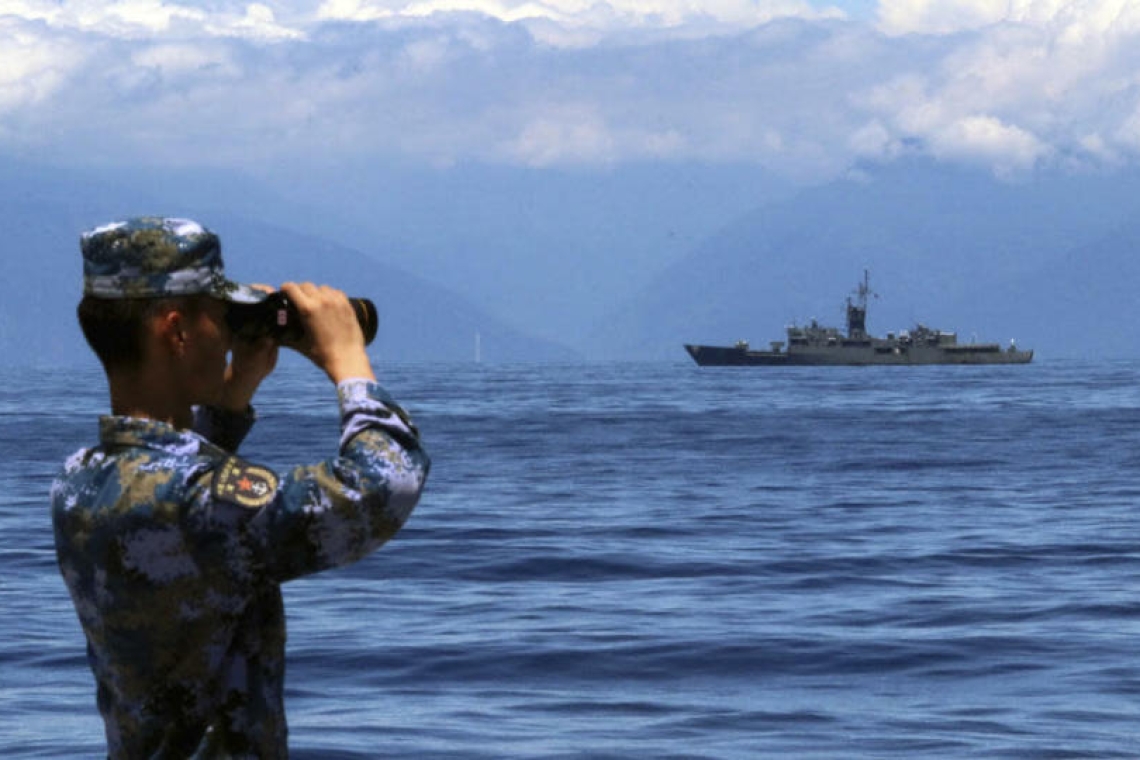
Unsurprisingly, Taiwan’s military would be all but destroyed. The island’s army would suffer about 3,500 casualties, and all 26 destroyers and frigates in the Taiwanese navy would be sunk, the CSIS report concluded.
“China also suffers heavily. Its navy is in shambles, the core of its amphibious forces is broken, and tens of thousands of soldiers are prisoners of war,” it said. The report estimated China would suffer about 10,000 of its troops killed and would lose 155 combat aircraft and 138 major ships.
Japan, meanwhile, would be likely to lose more than 100 combat aircraft and 26 warships, while US military bases on its home territory would come under Chinese attack, as well.
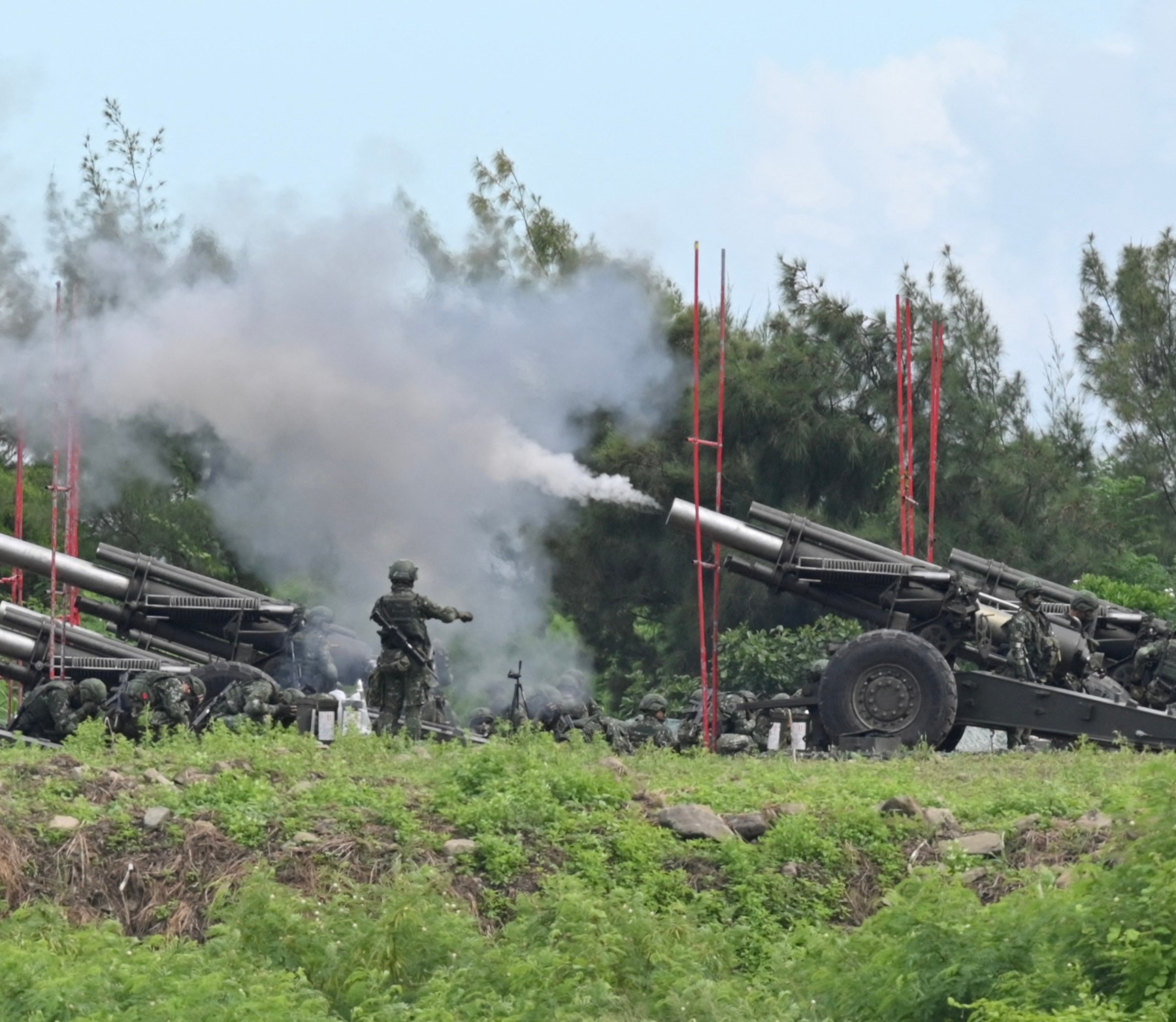
TAIWAN WOULD BE DEVASTATED
“War with China would produce destruction on a scale unseen by the United States since 1945,” said Mark Cancian, a senior adviser at the CSIS, based in Washington, DC, and one of the report’s authors.
Military experts running the simulations found that the invasion always began with a massive Chinese aerial bombardment that destroyed Taiwan’s navy and air force within the first hours of hostilities. The Chinese navy then encircled the island as tens of thousands of soldiers crossed the Taiwan Strait in a mix of military amphibious craft and airborne, landing troops behind beachheads.
Taiwan has been actively preparing for just such an assault for some 70 years, however, and the island’s geography – along with the location of Taipei – favours Taiwan. Taking the capital city is considered a necessary element of any Chinese victory, but this would be difficult to achieve.
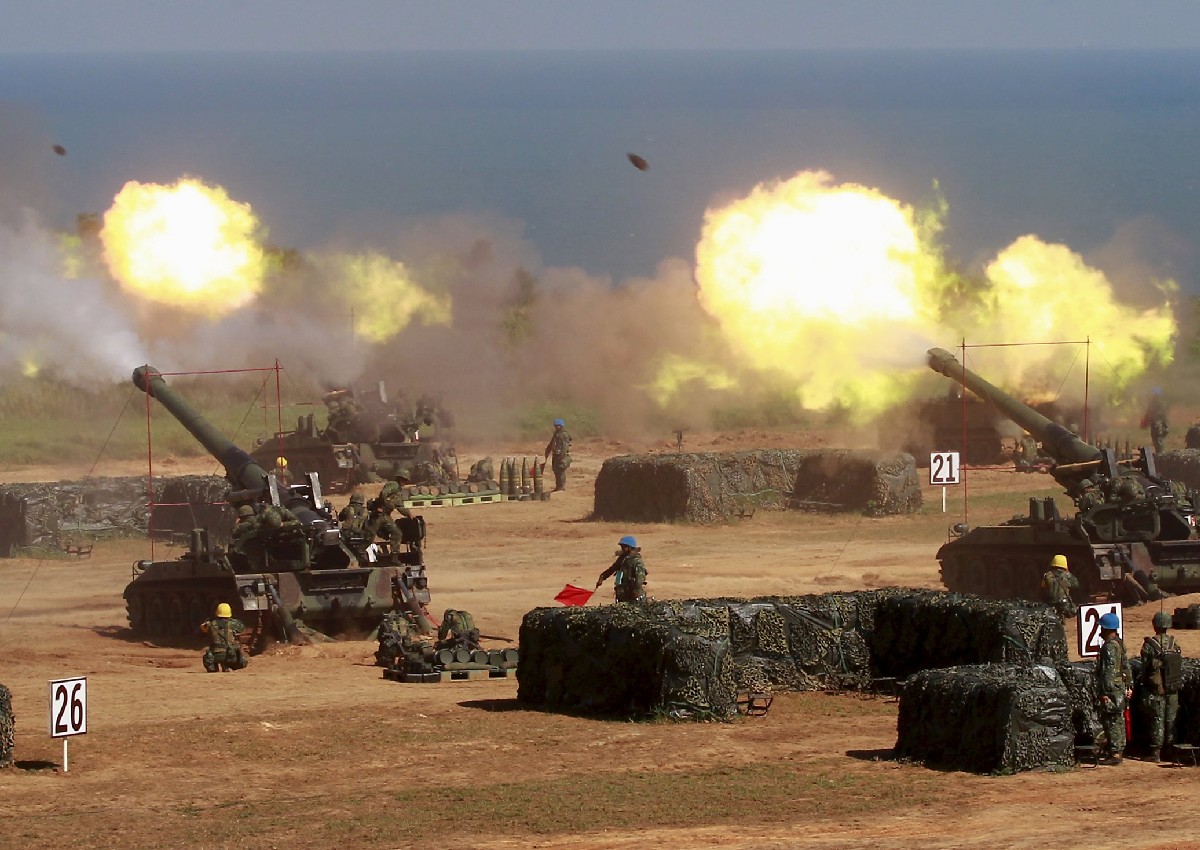
The island of Taiwan would be badly damaged in the first phase of the war. While its land and air forces would be unbroken, the island’s fighting forces would be “severely degraded and left to defend a damaged economy on an island without electricity and basic services,” the report said.
The CSIS report noted that for US troops to prevent China from ultimately taking Taiwan in the conflict, four constants, all considered necessities, emerged among the 24 war game iterations it ran:
- Taiwan’s ground forces must be able to contain Chinese beachheads
- The US would need to have long-range anti-ship missiles to hit the Chinese Navy from afar and “en masse”
- The US must be able to use its bases in Japan for combat operations
- The US needs to fully arm Taiwan before shooting starts, and then jump into any conflict with its own forces immediately (Editor’s note: This seems like two distinct requirements, but that’s how the report combined them.)
In addition to the last item above – the US needing to come immediately to Taiwan’s aid with the full range of its military might – the one intangible that sways the war games to China’s defeat is the willingness of Taiwan’s people to fight.
This phenomenon has been seen in real time over the past three years in Ukraine, with volunteers stepping up in large numbers to help in the defence of their country. Indeed, experts say that any aggressor that disregards the fervour with which citizens can rise up to defend their country does so at its own peril.
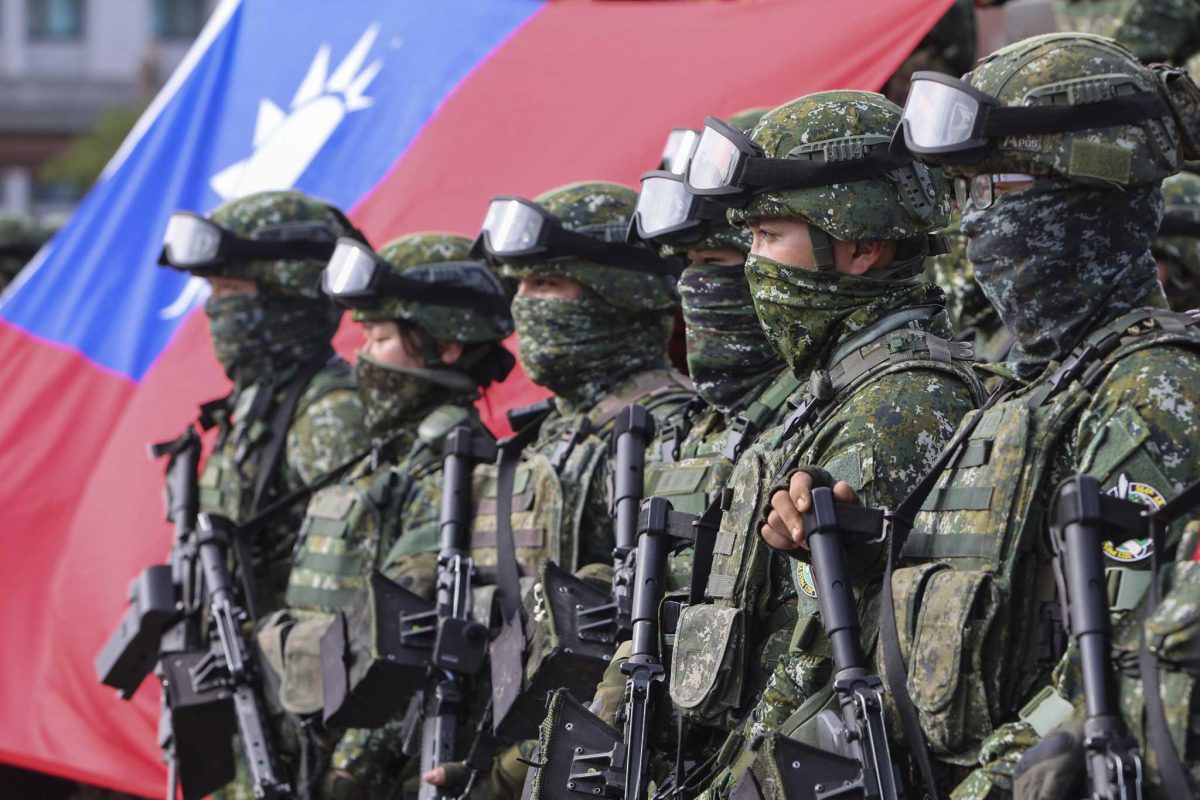
‘SOBERING IN ALL ITERATIONS’
The CSIS report does not mince words as it delivers the assessment of its 24 simulated wars. China would fail in its goal to take Taiwan, but the cost to all involved – and the broader world – would be “enormous.”
The price of such a conflict, the report concluded, was “high and sobering in all iterations,” predicting “tremendous” losses for not just Taiwan and the US, but also Japan and China.
“In four weeks of fighting, the United States typically lost hundreds of aircraft, two aircraft carriers, and up to two dozen other ships,” Cancian said, citing the report, which noted the loss of up to four aircraft carriers in some simulations. “[US] bases on Guam were devastated. The Taiwanese economy suffered extensive damage. Japan was often dragged into war.”
He went on: “China also took terrible losses, often including more than 100 warships and tens of thousands of soldiers killed, wounded, or captured.” Cancian remarked that such a failure might endanger the CCP’s grip on power in China, at a risk of destabilizing the world’s most populous country – and its second-largest economy. The repercussions would be felt globally.
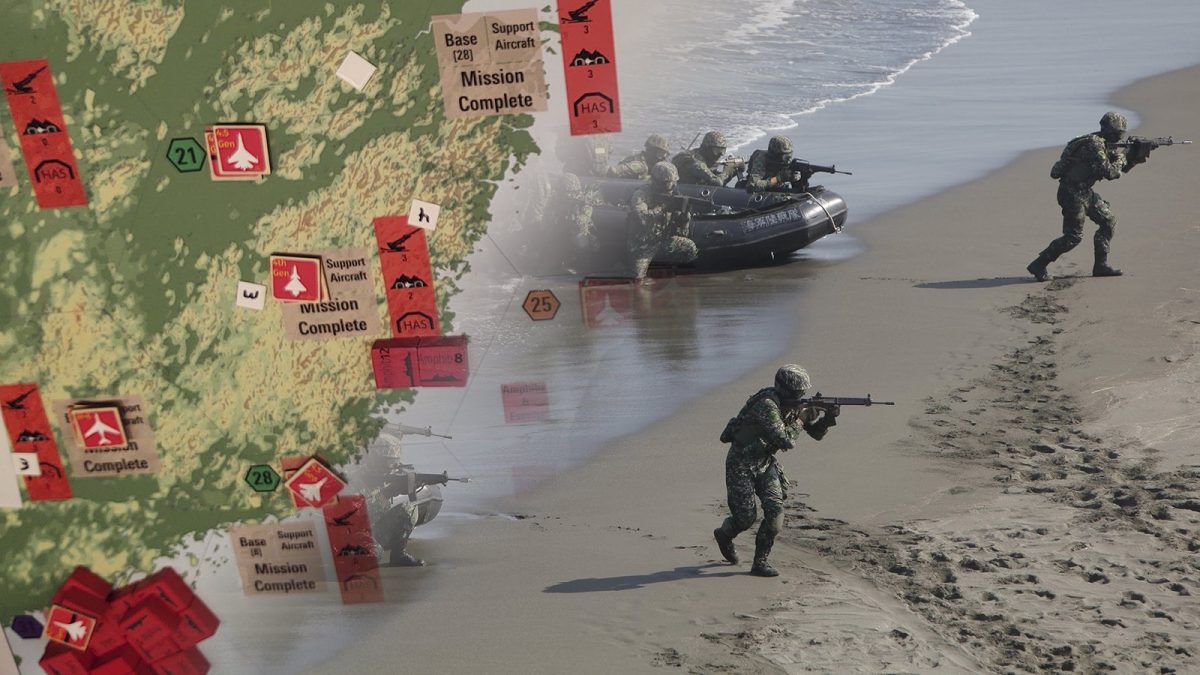
Losses would not just come on the battlefield, either, the CSIS warned.
“The United States might win a pyrrhic victory, suffering more in the long run than the ‘defeated’ Chinese” due to the damage to both the US fleet and Washington’s global standing, the report said.
“Other countries – for example, Russia, North Korea, or Iran – might take advantage of US distraction to pursue their agendas,” it continued. “After the war, a weakened US military might not be able to sustain the balance of power in Europe or the Middle East.”
RUSSIA’S WAR WITH UKRAINE: LESSONS FOR TAIWAN AND ITS ALLIES
The Russian invasion of Ukraine has significantly shaped both the strategic thinking and practical preparations surrounding a potential Chinese invasion of Taiwan — for both Taipei and Beijing, as well as for allies like the United States and Japan.
Taiwan has drawn numerous takeaways from the war in Ukraine, especially in terms of asymmetric defence. Ukraine’s effective use of smaller, mobile units, drones, and anti-tank weaponry against a larger invading force has influenced Taiwan’s military planning. The island is investing more in mobile missile platforms, unmanned systems, and civil defence — including expanding military training and encouraging local production of essential defence gear.
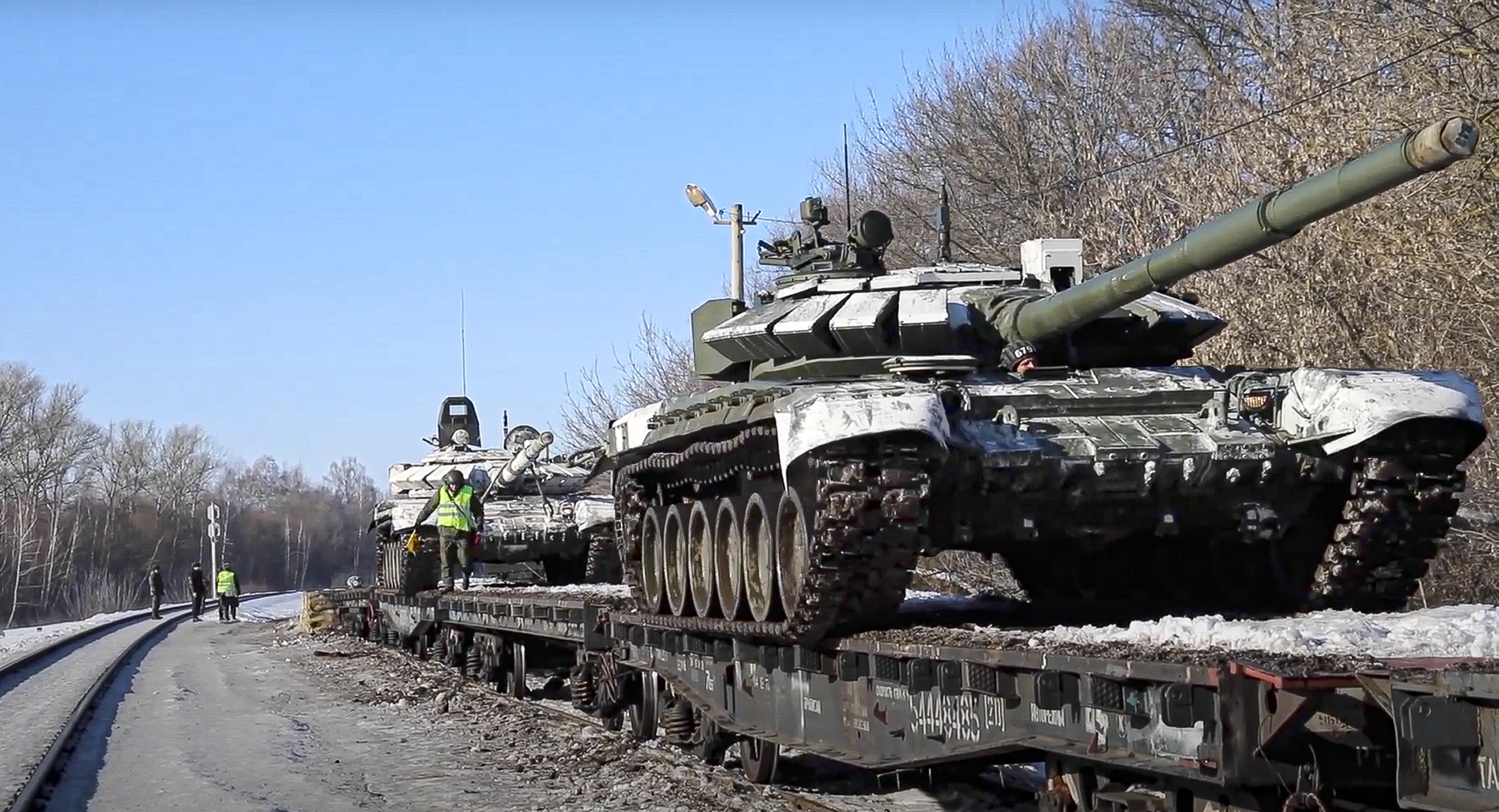
Internationally, Ukraine’s success in galvanizing Western support has spurred efforts to ensure the same can happen for Taiwan. There’s growing coordination between the US, Japan, Australia, and other regional powers, not just militarily, but also diplomatically and economically. The goal is deterrence: to make the cost of any Chinese aggression unbearably high.
CHINA’S CALCULATIONS
For Beijing, the Ukraine war has been a double-edged sword. On one hand, it’s exposed the dangers of underestimating resistance and the economic and diplomatic fallout of aggression — a lesson not lost on Chinese military planners. The strength of international sanctions on Russia and the cohesion of NATO were likely more severe and unified than Xi Jinping anticipated.
On the other hand, the war has shown that democratic nations may be hesitant to commit direct military force, especially if nuclear escalation is on the table. China could read this as a sign that, while Western powers might support Taiwan materially, they might stop short of direct military intervention — an assumption that’s both risky and widely debated.

Some argue that the Ukraine war has accelerated conversations about Taiwan’s future and has led to increased military activity in the Taiwan Strait. It’s also stirred nationalist sentiment in China and added urgency to the PLA’s modernization. These observers think that if Beijing sees the West distracted or weakened, it might view this decade as a narrowing window of opportunity, thus making the Taiwan invasion scenario more likely.
Others, however, say this is not the case, holding that the war in Ukraine has demonstrated the massive costs of modern conflict, the unpredictability of outcomes, and the global economic turmoil that follows. China, with deep integration in global markets and an economy under strain, may be dissuaded by the Russian experience, they believe.
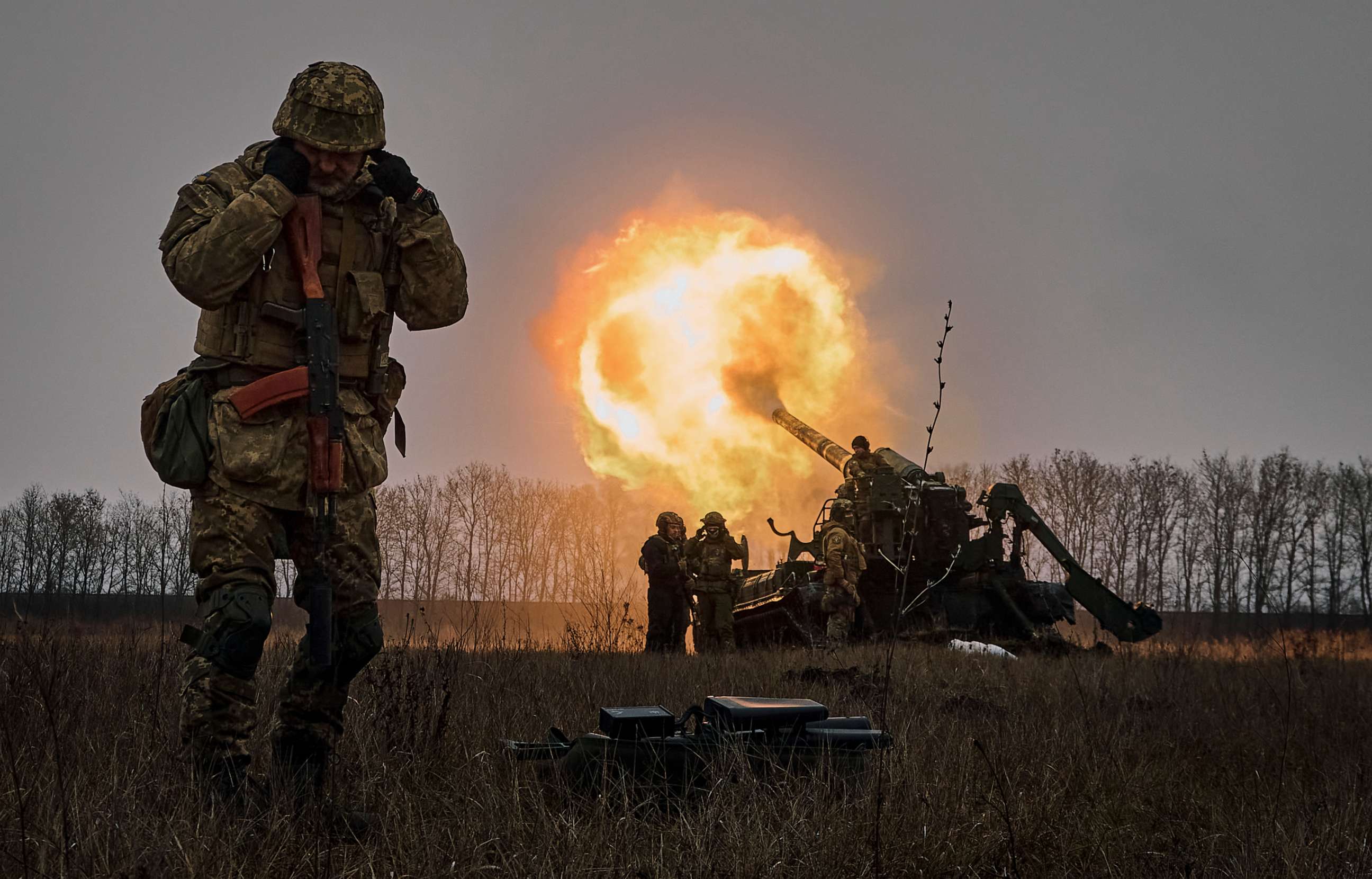
DETERRENCE IS KEY
If you’re reading this and thinking that all this sounds like a mighty fine reason to sidestep such a conflict by almost any means necessary, the CSIS report reached the same conclusion.
To avoid war altogether, the report advised, the US and its allies must look to military deterrence. Washington, for example, should harden its military bases and work with allies, particularly Japan, for additional basing options. It should also buy more long-range missiles, particularly anti-ship missiles, because some inventories are critically low.
Taiwan, meanwhile, could adopt the ‘porcupine strategy,’ the report said, an approach in which a smaller military adopts ways of fighting that inflict pain on a larger adversary. Such an approach would involve Taiwan deploying more mobile anti-ship missiles.
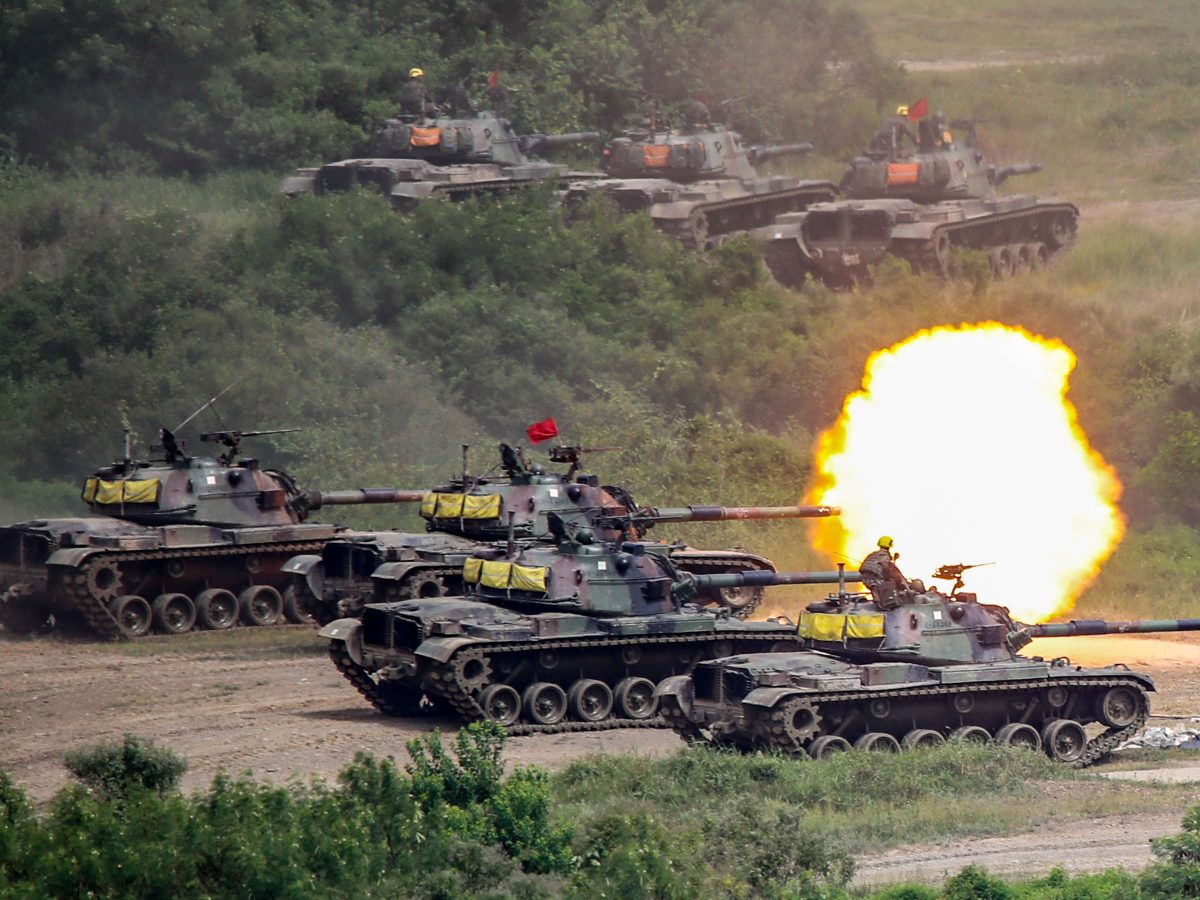
Taipei must also focus on strengthening Taiwan’s ground forces, rather than buying expensive ships and aircraft, which are more easily vulnerable to attacks, the report said.
“Ground forces must become the center of Taiwan’s defense effort,” the think tank concluded. “Because some Chinese forces will always land on the island, Taiwanese ground forces must be able to contain any beachhead and then counterattack forcefully as Chinese logistics weaken.”
All of this sounds like little more than opposing militaries laying out plans for a war, but as years of quiet conflict amid the strengthening militaries of the United States and Soviet Union showed us, sometimes planning for a major war – or simulating them to illustrate the devastating costs – can be the best way to avert one altogether.
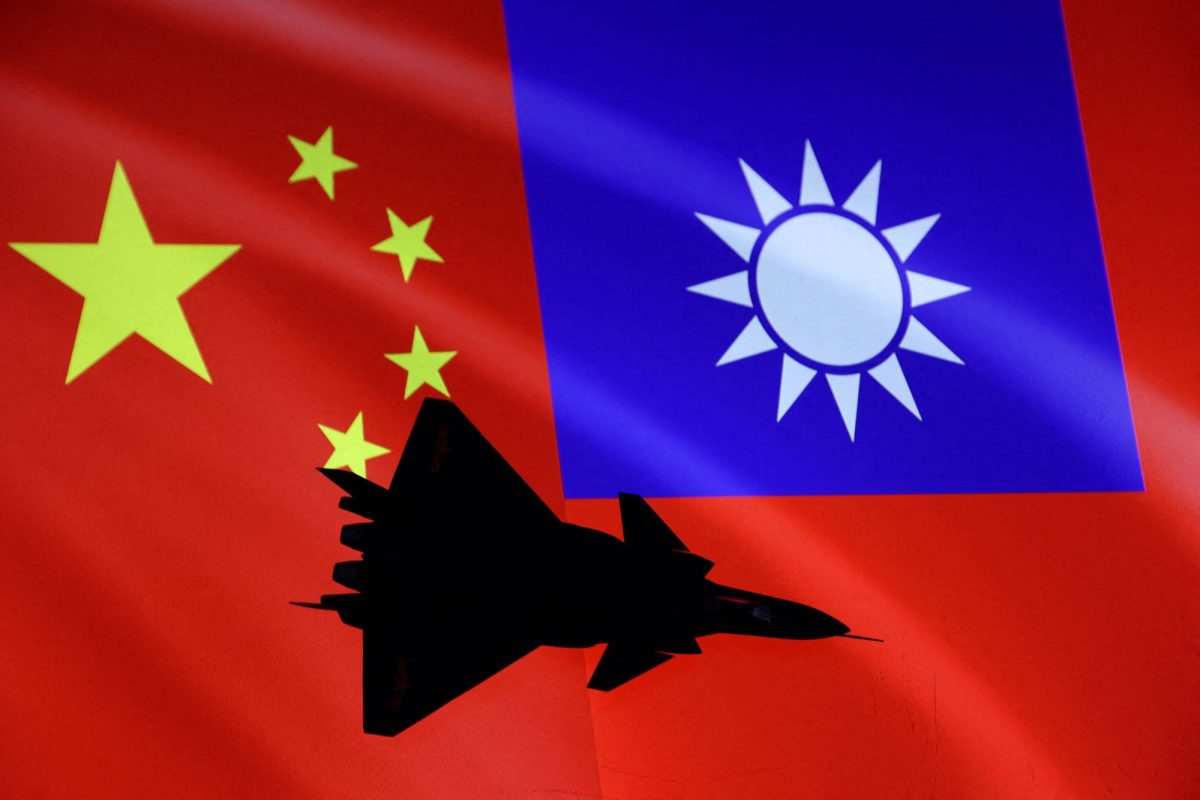
Reporting from CNN, RealLifeLore, Financial Times, and Al Jazeera contributed to this article. To read the synopsis of the CSIS war game simulations, view its summary video, and download the full PDF report, CLICK HERE. The video can also be viewed directly below.


